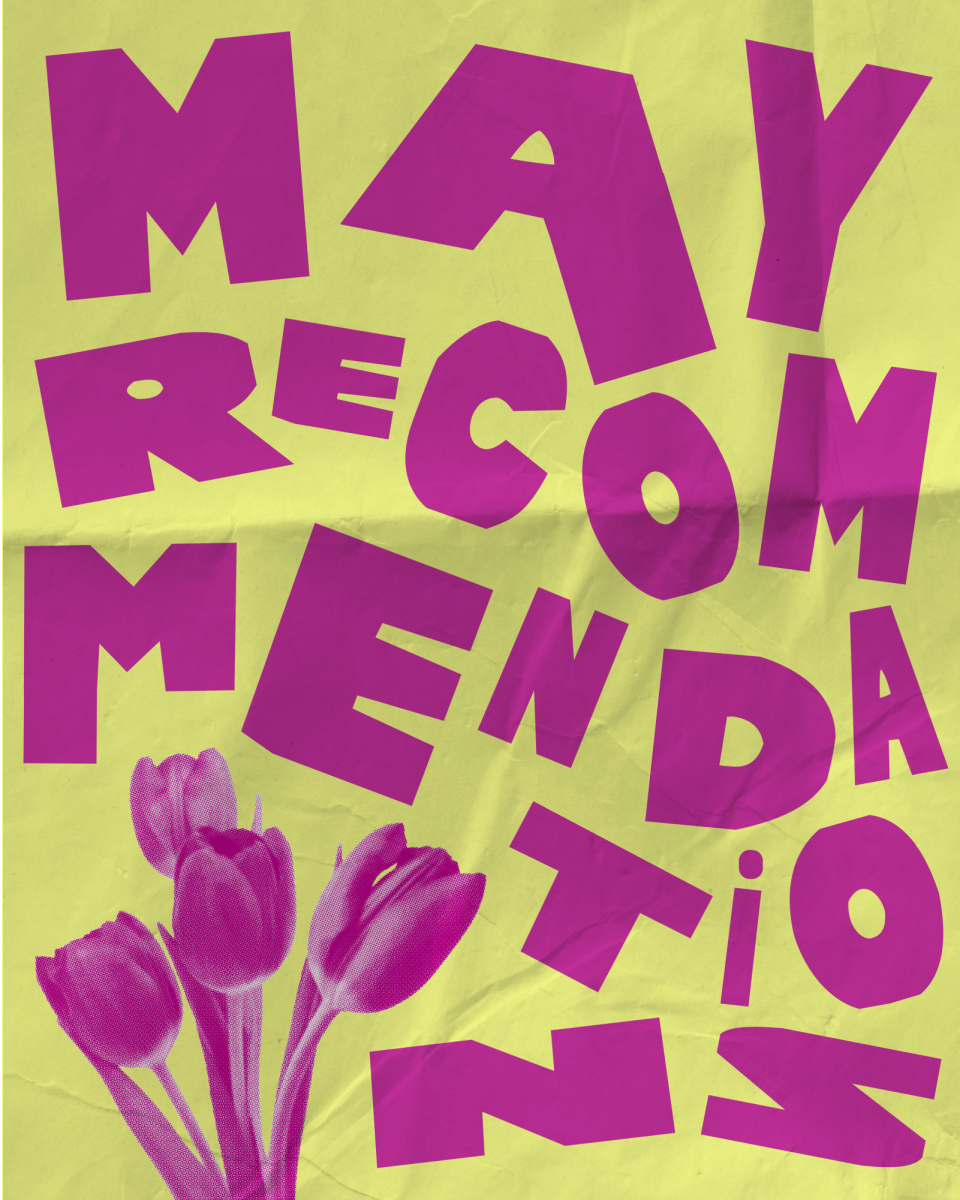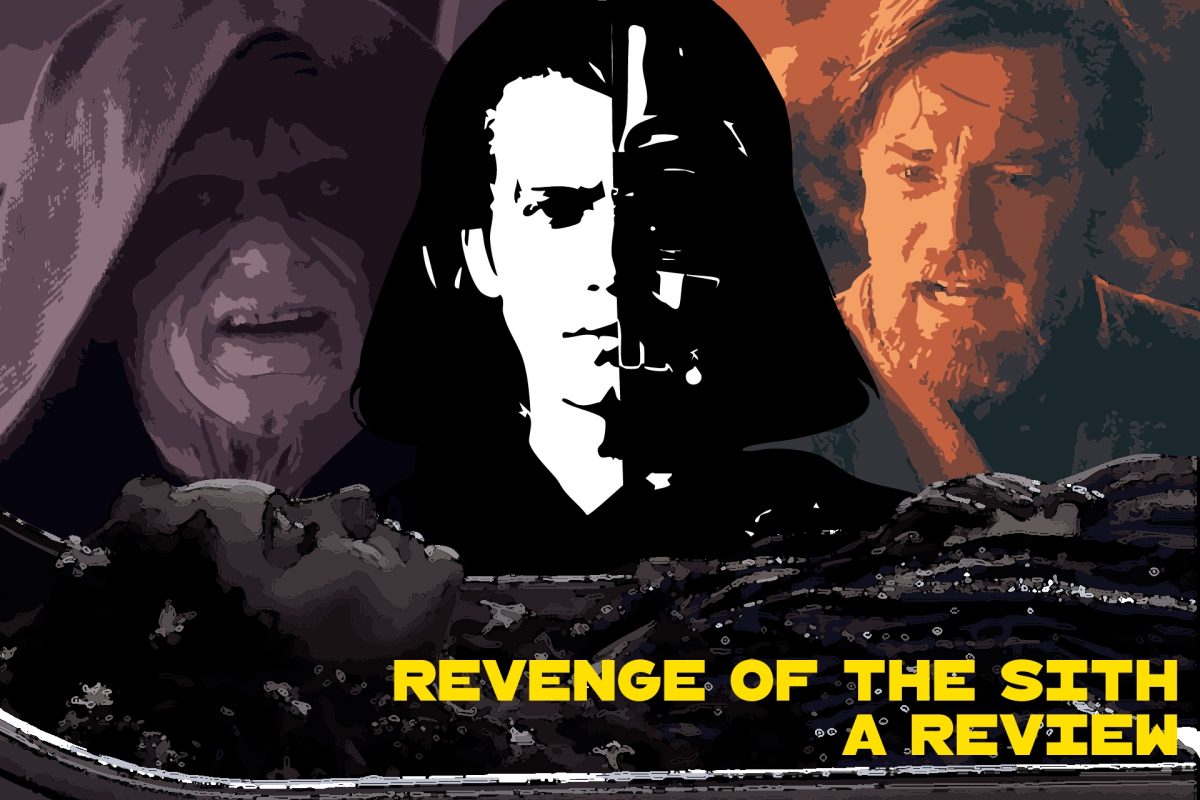Restored and rereleased in 4K to celebrate its’ 40th anniversary, now is as good to embrace the catharsis of Bryne’s chaos.
Before I saw the trailer for “Stop Making Sense” I was not that familiar with the Talking Heads. I was aware of hits like “Burning Down the House” and frontman David Byrne’s work with St. Vincent, but that’s it.
After seeing “Stop Making Sense” at Ragtag Cinema — which debuted on Sept. 29 — I’ve become obsessed.
A24’s restoration of Jonathan Demme’s 1984 concert-film is electric. The film documents the Talking Heads at the height of their popularity in 1983, on tour for their album “Speaking In Tongues.” Filmed over four performances at the Hollywood Pantages Theatre, “Stop Making Sense” shows the genius of the Talking Heads timeless sound and A24’s restoration brings that gift to modern audiences.
The film starts with Byrne walking out on stage holding a boombox and a guitar. He tells the audience that he’s “got a tape [he] wants to play.” He hits play on the boombox, and the show begins with Byrne playing the Talking Heads first charting hit, “Psycho Killer.” He is alone on stage, not even a stage-set accompanying him — unless you count the old scaffolding left backstage in the theater.
As the show progresses, members of the band and their accompanying equipment are wheeled out on stage. Bassist Tina Weymouth joins Byrne for “Heaven,” drummer Chris Frantz follows for “Thank You For Sending Me An Angel” and the final official member, Jerry Harrison, on guitar and keyboard ,joins for “Found a Job.”
Finally, backup vocalists Lynn Mabry and Ednah Holt, keyboardist Bernie Worrell, percussionist Steven Scales and guitarist Alex Weir join the Talking Heads for what is inarguably the band’s biggest hit: “Burning Down the House.”
Following “Burning Down the House” everything kicks into high gear.
Byrne’s creative direction throughout the show is brilliant. With the exception of their 2002 Rock & Roll Hall of Fame induction, this tour was the band’s last time playing together live. Almost prophetically, Byrne tells the story of the band’s evolution. We see the frontman alone and watch the band evolve as it grows in members. The energy on screen at the beginning of the film compared to the explosive finale, “Crosseyed and Painless,” gives the audience an idea of how the band’s music and performances changed as they grew in popularity.
The visual journey the audience is taken on is enough reason to see “Stop Making Sense.” As the empty state is built before the audience’s eyes more lighting is added, like the intense red backlight during “Swamp.” These ever-changing visuals kept me on my toes as the film went on.
Projections accompany the band, transforming the stage into a city skyline or just a series of words like “DIGITAL,” “BABIES” and “DUSTBALLS.” Moments like this support the title of the film, as the projections simply stop making sense.
The setlist also aids Byrne’s storytelling. Beginning with a subdued — in context of the Talking Heads — song like “Psycho Killer,” and ending it with frantic basslines, frenetic percussion and frenzied guitar solos with “Crosseyed and Painless.” It’s as if Byrne knew this had to be their biggest performance, and it is glorious.
Demme and cinematographer Jordan Cronenworth captured the hectic joy of the concert beautifully. By rarely showing the audience and instead focusing on static wide shots and handheld close-ups, I was immersed in the show. They are able to capture iconic moments like Byrne’s big suit in “Girlfriend is Better” or his dance breaks with detail and precision.
The energy captured in “Stop Making Sense” left me with the dumbest grin on my face. Seeing nine people on stage with such joy for music makes for one of the most enjoyable theater experiences I’ve had this year, and I know I wasn’t alone. Throughout the film, the audience around me were bobbing their heads and in the end shared the same smile that I had. If there were any low points, it would be that the film ends.
That’s how addictive it is; it’s a cathartic release of chaos.
Edited by Alex Goldstein | agoldstein@themaneater.com
Copy Edited by Sterling Sewell | ssewell@themaneater.com







